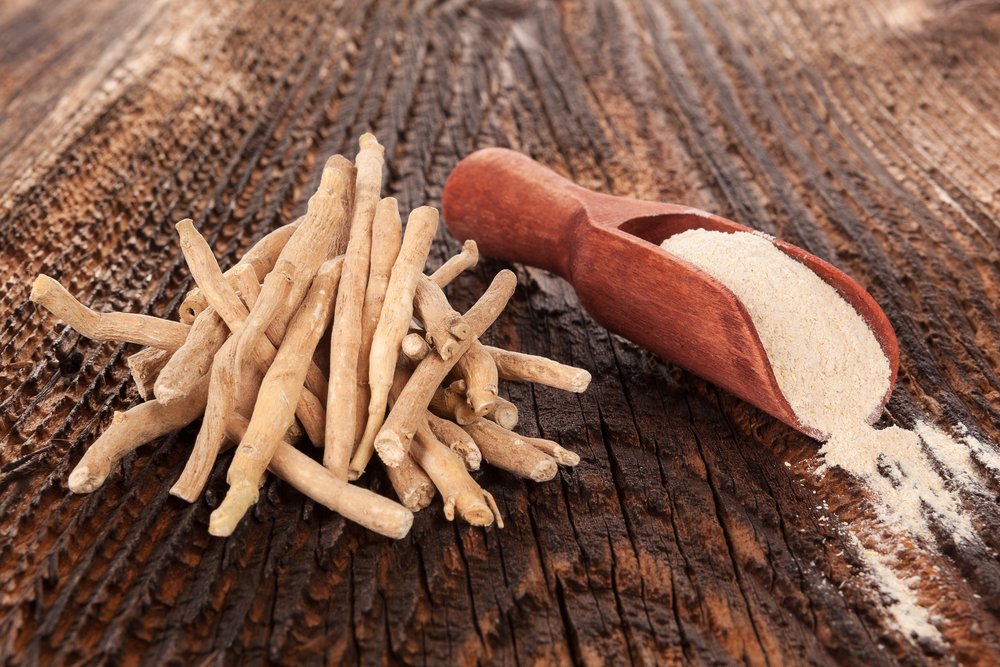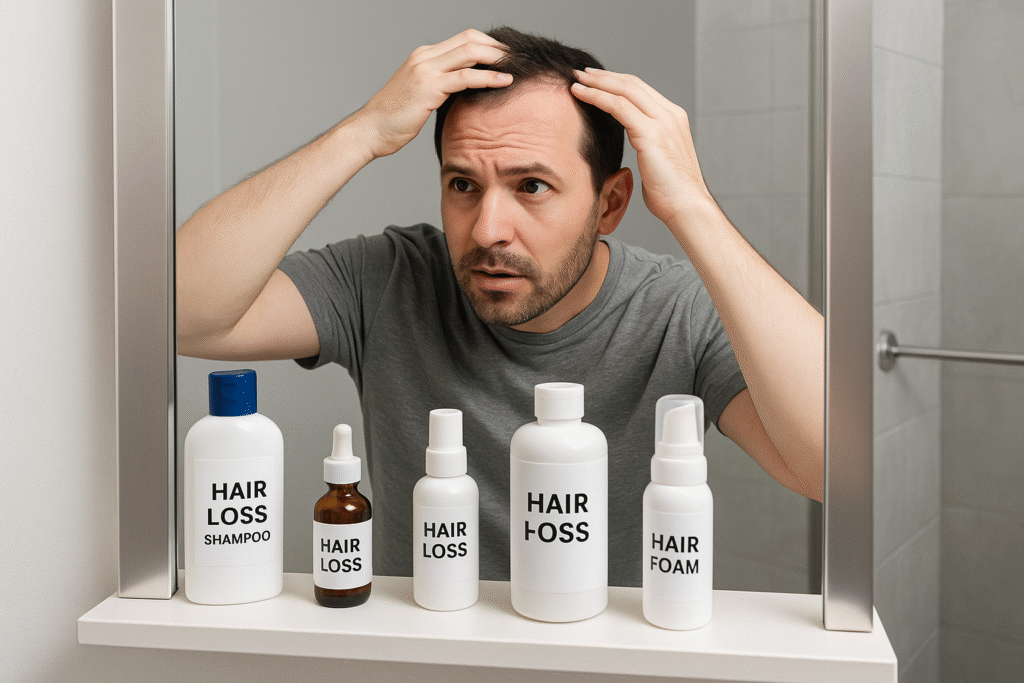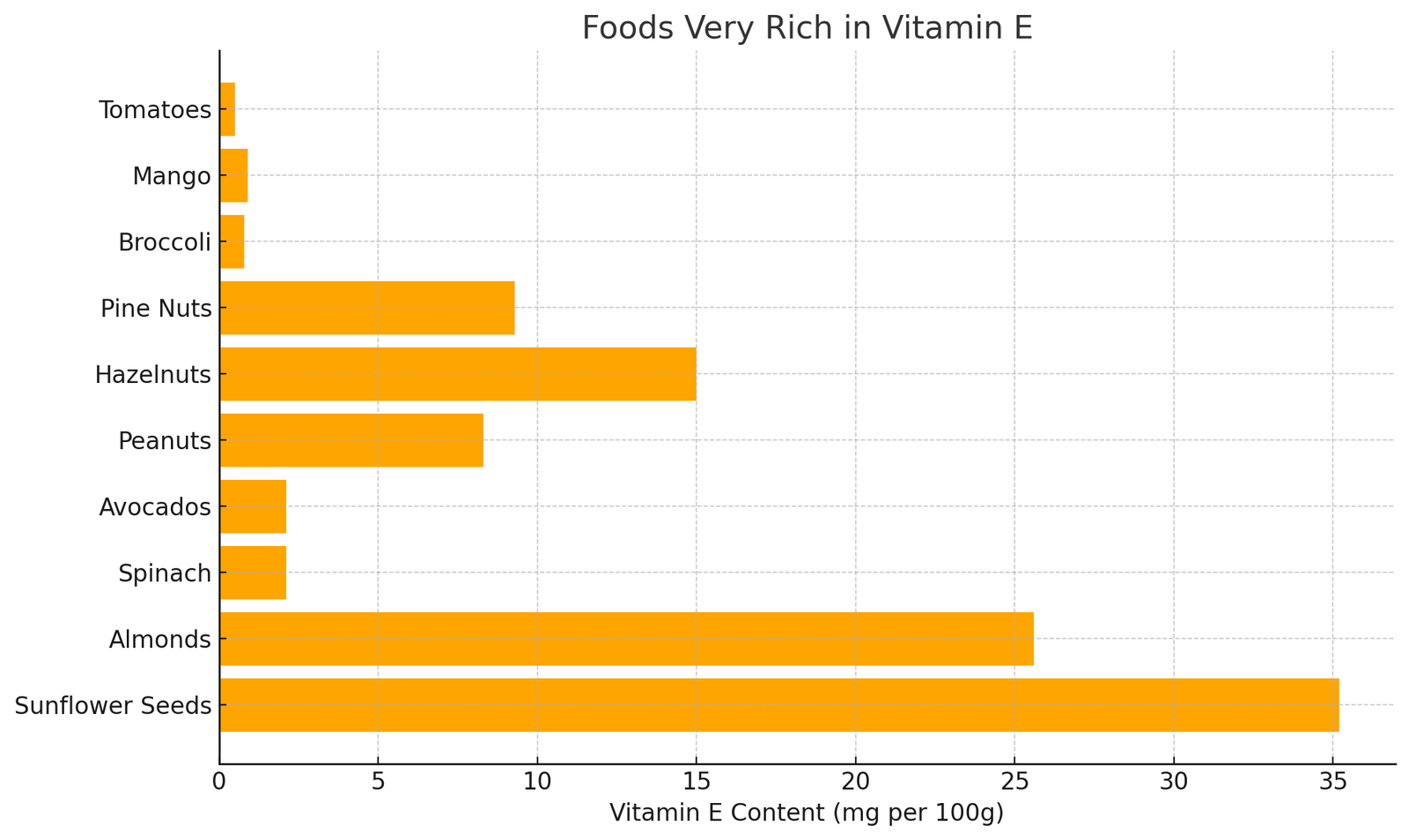
Food that are high in vitamin e includes olives, almonds, papaya, sesame seeds, parsley, shrimp, turnip greens, trout, hazelnuts, kiwifruit, red sweet pepper, swiss chard, avocado, mango, and kale.
Like vitamin C, vitamin E also acts as an antioxidant. When your body gets vitamin E on a daily basis, it prevents your cell and organs from the adverse effects of free radicals and oxidative stress. This vitamin is necessary to combat the risks of premature aging. Vitamin E deficiency leads to weak eyesight, impaired muscle, and infection. Health experts recommend consuming a diet rich in vitamin E to maintain a healthy body. An average adult needs 15 mg of the vitamin to prevent its deficiency which the following food sources can provide.
Food Sources of Vitamin E
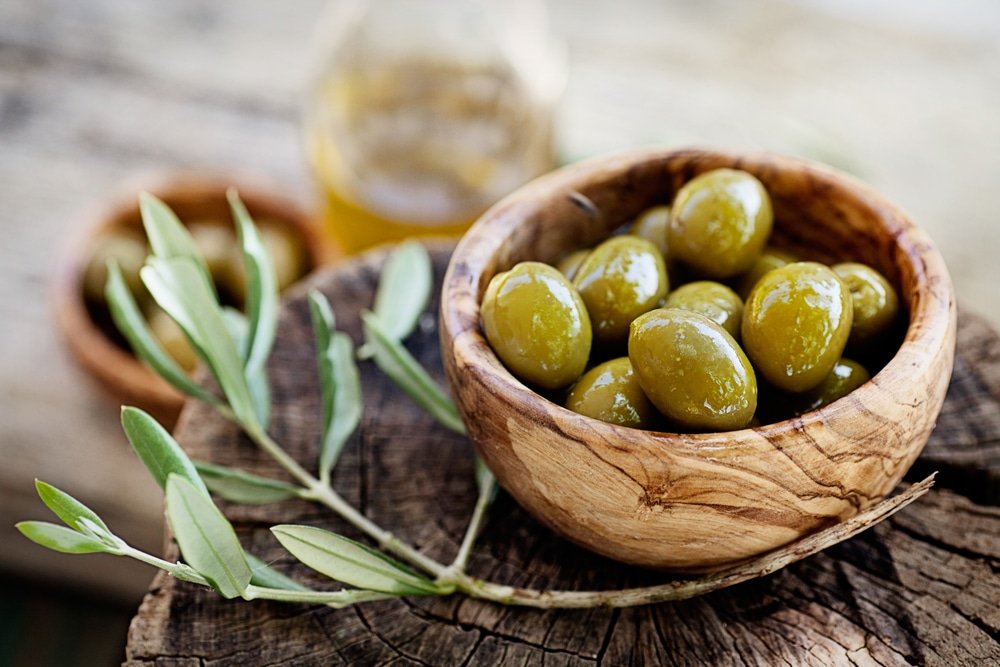
1. Olives
Consuming olive or olive oil is an excellent source to obtain vitamin E. A handful of olives or one tablespoon of olive oil is enough to get your daily dose of vitamin E. You can incorporate into your diet in any form and maintain the level of vitamin E in your body without making significant efforts.
Health benefits of olives are that they promote psychological health, prevent the onset of Alzheimer’s disease, improve eye health, and boost energy level, and treat inflammation.
2. Almonds
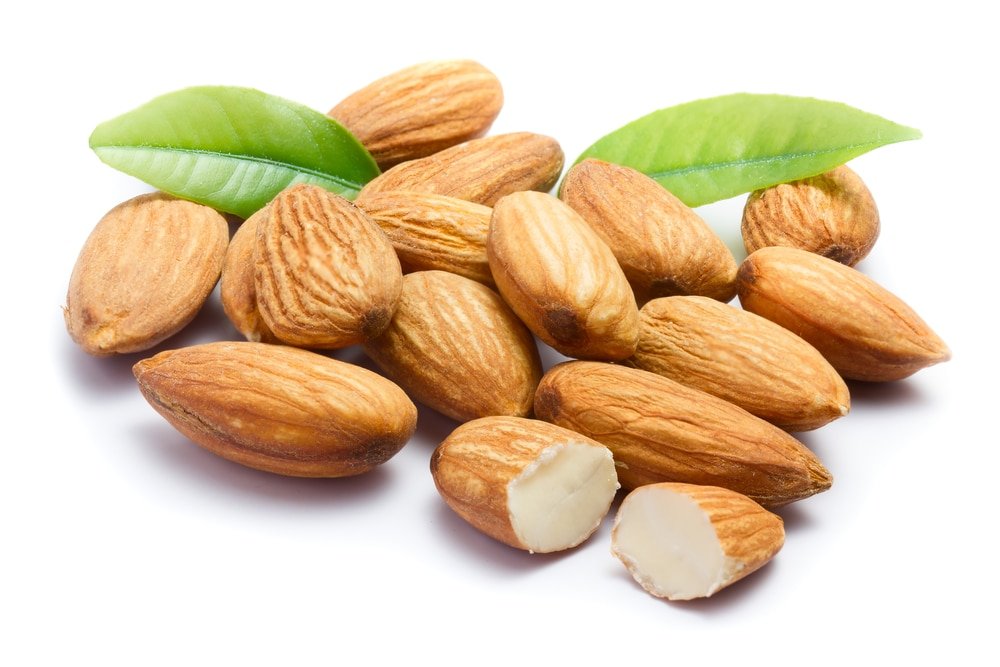
One ounce of almonds can become an instant way to stock up to 7mg of vitamin E. You should also try consuming almond milk to balance levels of vitamin E in your body. Moreover, crushed almonds also blend in well in various recipes. So, try to incorporate almonds into your diet in any form to prevent vitamin E deficiency.
Health benefits of almonds are that they improve cardiovascular health, promote circulation, keep your body energized, and prevent eye diseases.
3. Papaya

Papaya is a storehouse of plenty of nutrients including vitamin E. A few chunks of papaya can provide up to 17% of your vitamin E requirement. You can find frozen papaya in the market as well. Add it to smoothies or fruit salad to get the quick dose of vitamin E.
Health benefits of papaya are that it prevents stomach disorders, improves skin condition, treats acne, prevents skin infection, and promotes digestion.
4. Sesame Seeds
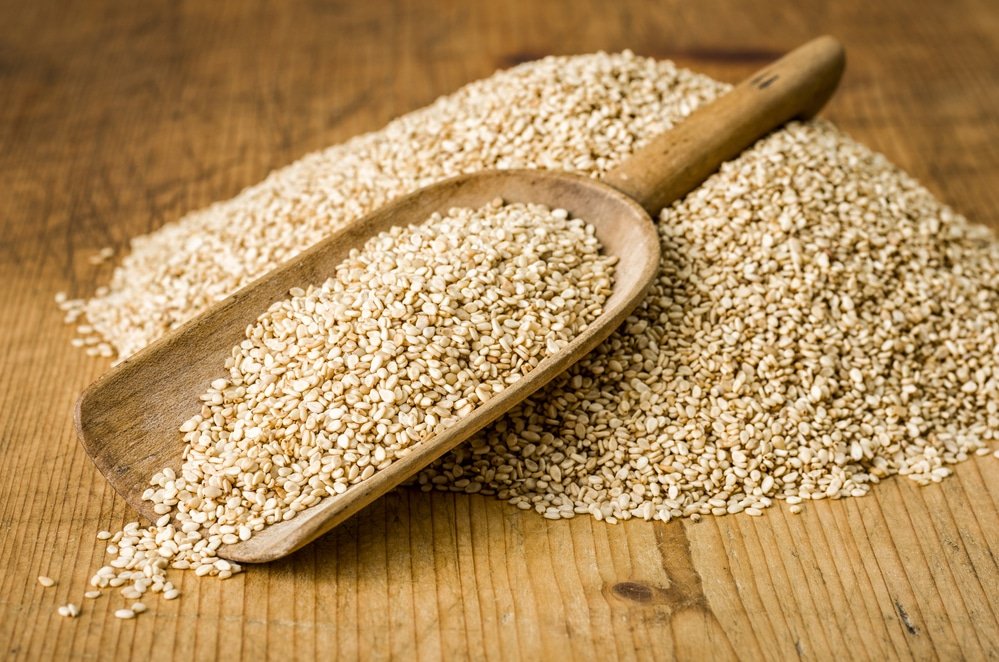
You can obtain up to 90% of vitamin E from sesame seeds. These are one of the seeds that are low in calories. So, you can munch on some between meals or add to different recipes as well. Apart from vitamin E, you can get minerals like zinc, potassium, magnesium, and manganese from sesame seeds as well.
Health benefits of sesame seeds are that they improve heart rate, control high cholesterol levels, promote brain health, and prevent eye diseases like dry eye or cataracts.
5. Parsley
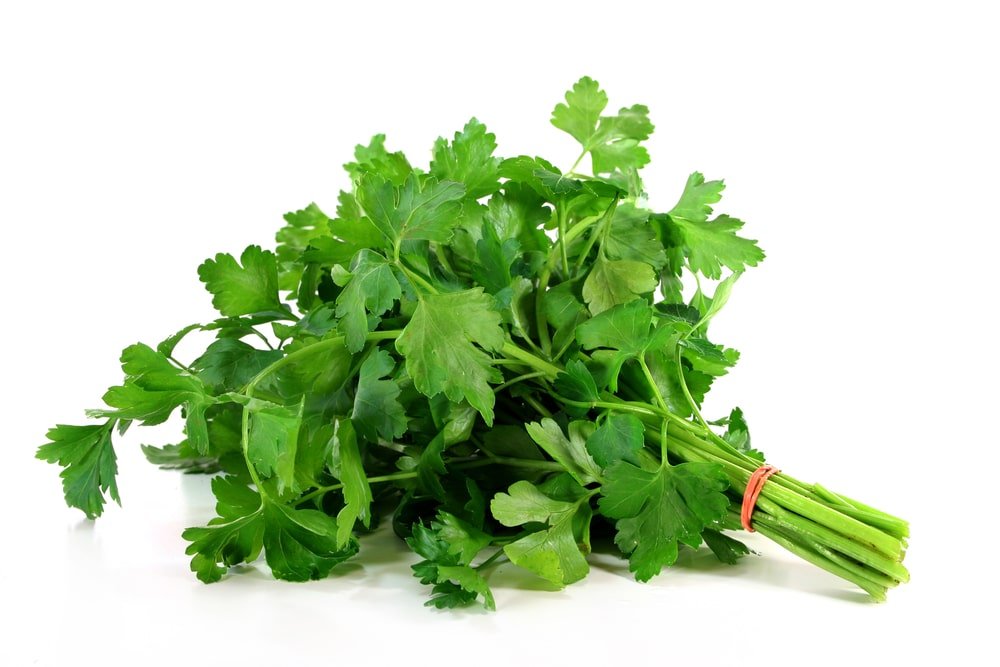
You may add parsley to your meals to enhance the flavor. Do you know it contains vitamin E? A handful of finely chopped parsley can provide up to 3.3mg of vitamin E. Take note that amount of vitamin E is more in the fresh parsley than dried variety. So, do not forget to add some fresh parsley to salad, soup, and stew.
Health benefits of parsley are that it treats mouth ulcers, prevents the risks of stomach ulcers, improves skin condition, combats chest burn, and promotes digestion.
6. Shrimp
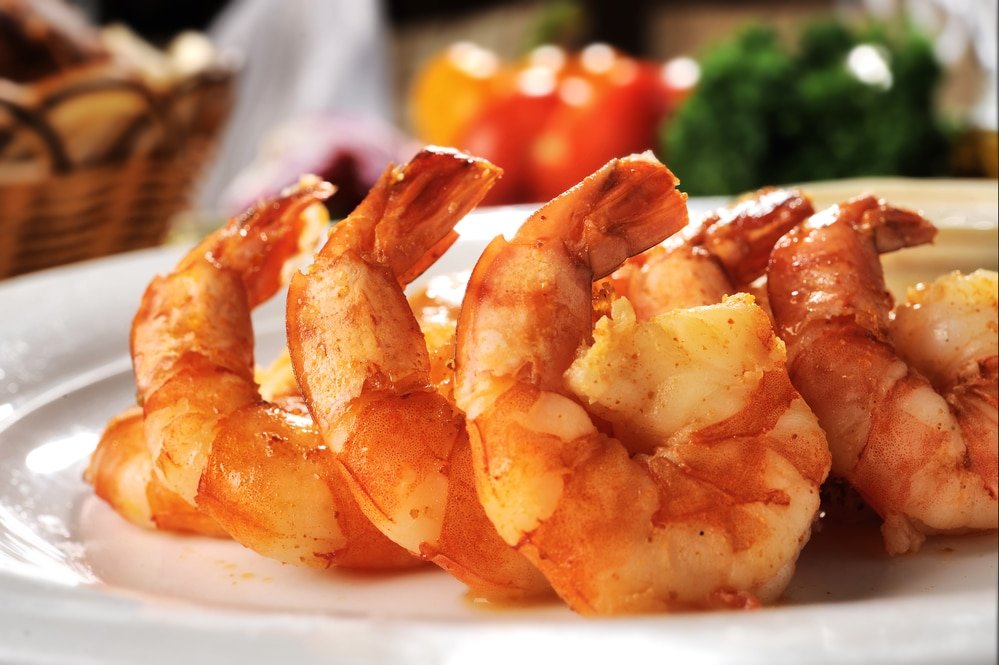
Seafood lovers will be delighted to learn that three ounces of shrimp can provide 1.9 mg of vitamin E. You can make the most of the shrimps by combining them with sautéed or steamed vegetables. You can also try crayfish or canned blue crab to obtain moderate levels of vitamin E.
Health benefits of shrimp are that it improves cardiovascular health, provides omega-3s, prevents heart diseases, promotes eyesight, and strengthen hair follicles.
7. Turnip Greens
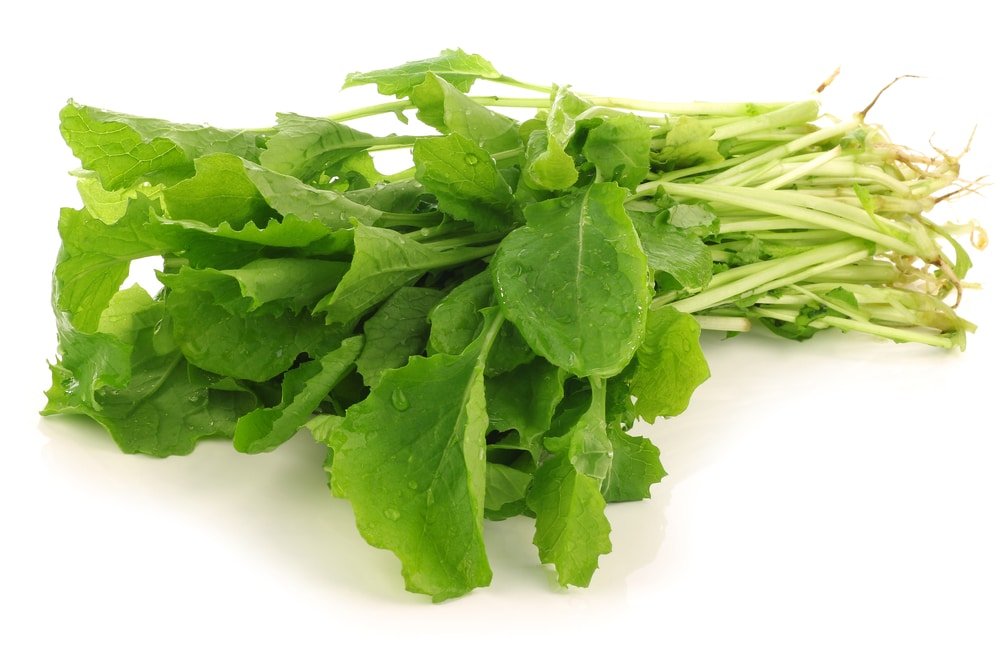
If you are looking for a low in calorie food sources with vitamin E, incorporate turnip greens into your daily diet. A half cup of raw turnip greens contains 12% of the vitamin E daily requirement. It blends in well salads, or if you find its taste bitter, you can cook it with your favorite seasoning.
Health benefits of turnip greens are that they treat indigestion, absorb excess cholesterol, treat skin infections, and promote circulation.
8. Trout
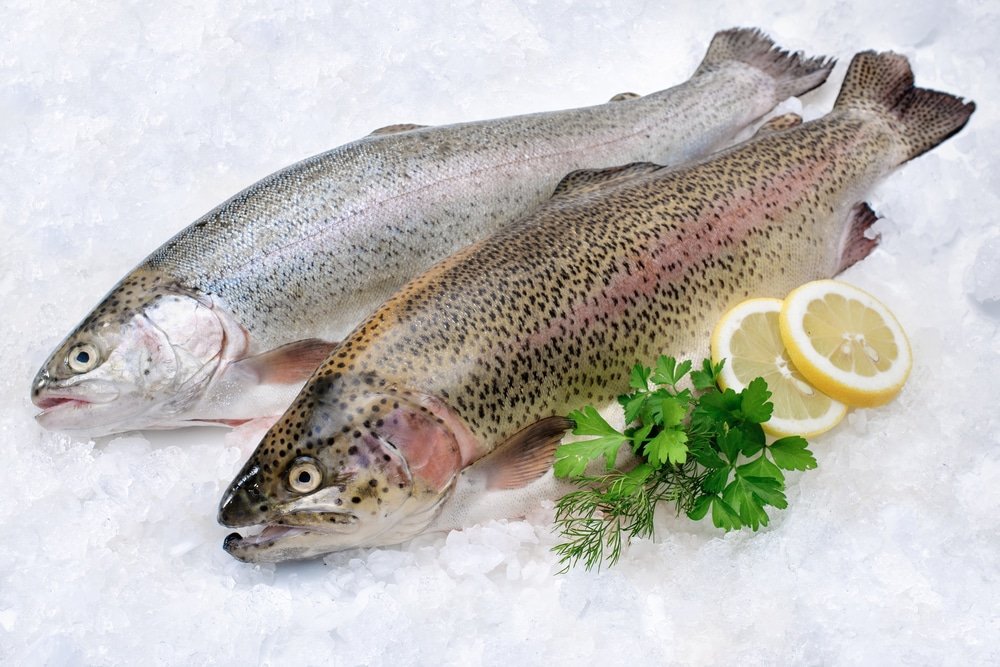
You can obtain up to 2 mg of vitamin E from a fillet of trout. It is delicious and packed with many essential nutrients. Furthermore, you should also try consuming salmon, canned tuna, or swordfish to prevent the deficiency of vitamin E.
Health benefits of trout are that it keeps your heart healthy, prevents age-related brain diseases, maintains eyesight, and manage cholesterol levels.
9. Hazelnuts
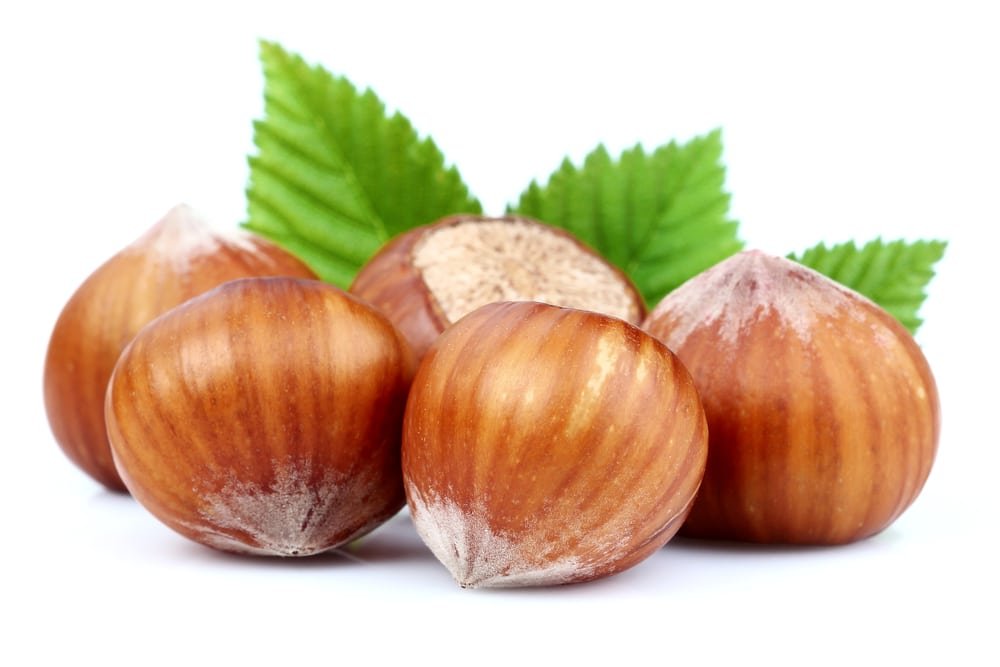
Whether you snack on hazelnuts or add hazelnut milk to your coffee, you will get a considerable amount of vitamin E. This superfood can provide around 20% of vitamin E which can add up to your daily requirement.
Health benefits of hazelnuts are that they prevent memory loss, strengthen bones, treat hair issues, improve the condition of your scalp, and protect your skin against UV rays.
10. Kiwifruit
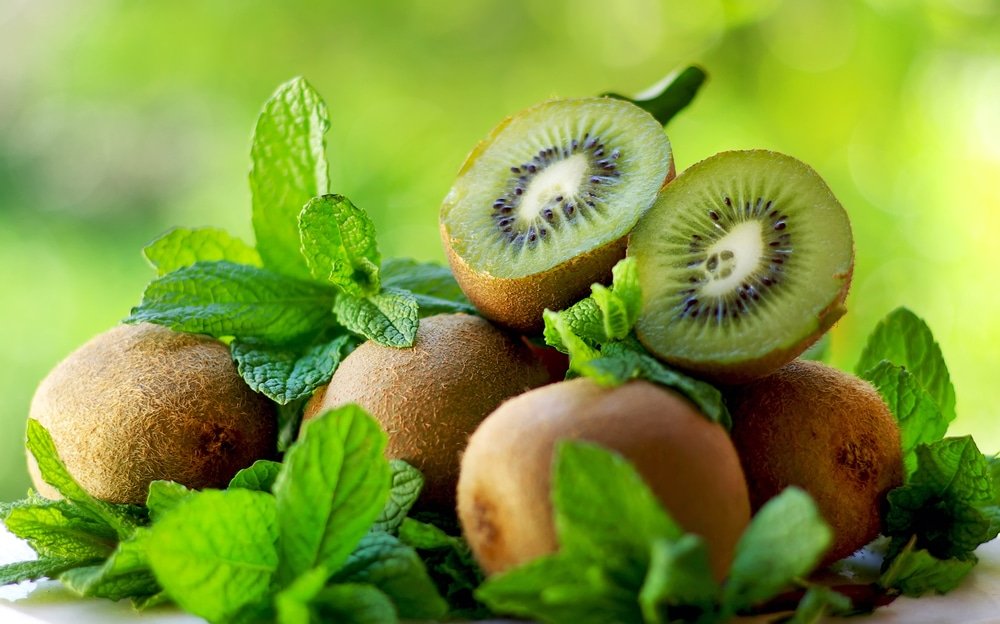
One cup of kiwifruit contains 2.6mg of vitamin E. This juicy and tasty fruit also provides a slew of essential nutrients that make it a fantastic food source. So, add pieces of kiwifruit to the juices, smoothies, or fruit salad to consume a power-pack meal.
Health benefits of kiwifruit are that it improves circulation, treats skin infections, reduces inflammation, controls insulin sensitivity, and prevents the risk of anemia.
11. Red Sweet Pepper
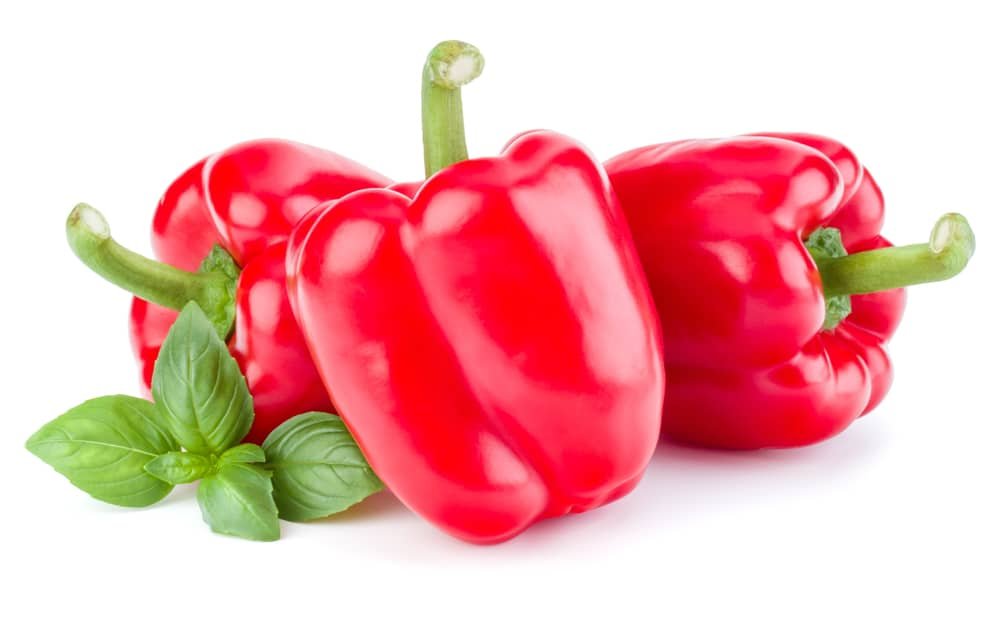
One medium-sized red sweet pepper is enough to get 1.9mg of vitamin E. You can sauté or bake some red peppers and serve them with chicken or fish fillet. However, avoid overcooking the peppers as it ruins the nutrients.
Health benefits of red sweet peppers are that they boost immunity, increase metabolic rate, speed up recovery process from injury, rejuvenate skin cells, and combat premature aging.
12. Swiss Chard
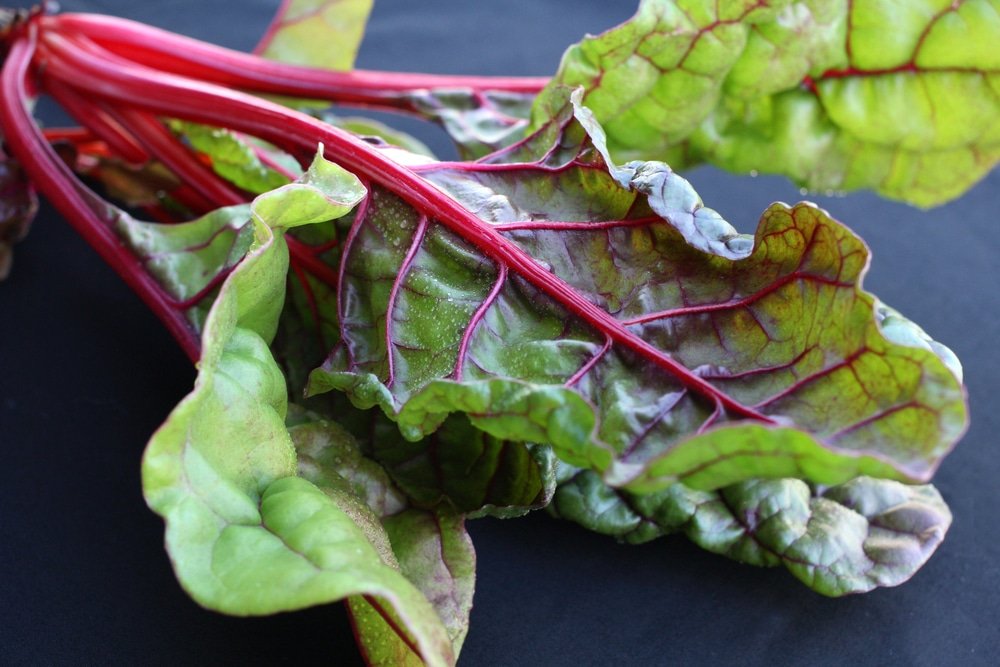
If you are looking for nutritious food options that contain limited calories, opt for Swiss chard without giving it a second thought. Adding Swiss chard to your salad bowl provides 17% of vitamin E which promote your overall health.
Health benefits of Swiss chard are that it treats indigestion, prevents stomach problems, clears your skin, and improves eyesight.
13. Avocado
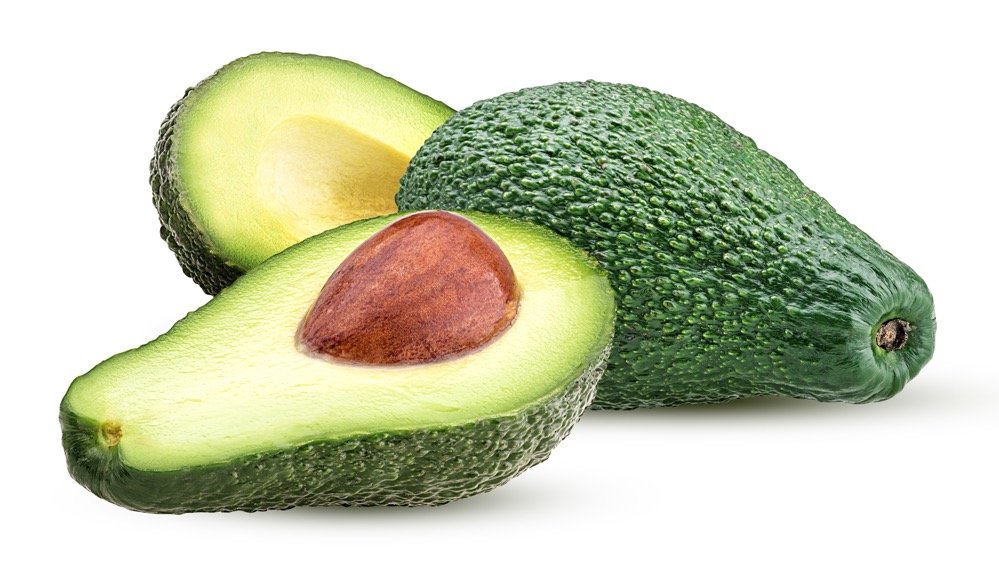
You should consume one medium-sized avocado on a daily basis to get vitamin E. One serving can provide up to 4.2mg of vitamin E. You can still obtain the vitamin whether you consume it raw or cooked. So, do not forget to buy one on your next grocery shopping trip.
Health benefits of avocado are that it maintains a healthy heart, protects the brain, facilitates neurological health, and prevents memory deterioration.
14. Mango

Sweet and juicy mango is a delicious way to obtain vitamin E. Add it to smoothies, desserts, or eat it whole; a mango provides plenty of nutrients including vitamin E in any form. Consuming one large mango is also necessary to boost energy levels.
Health benefits of mango are that it treats stomach issues, keeps your skin fresh, prevents anemia, and promote circulation. Other benefits includes slowing aging process, alkalization of the body, improving eye health, maintaining heart health, boosting bone health, supporting digestive system.
15. Kale

One cup of boiled kale is a powerhouse of vitamin E. This is a low-calorie vegetable so you can consume as much as you want. Plus, this factor makes it ideal for obese individuals as well.
Health benefits of kale are that it promotes digestion, improve weak eyesight, treats anemia, support brain health, and keeps you full for long hours. Other benefits includes detoxifying the body, promoting wellbeing of the skin, helps with blood clotting, powerful anti-oxidant support, helps with reducing cholesterol and help managing diabetes
Bottom Line
Vitamin E plays a significant role when it comes to improving your health. Therefore, opt for the foods rich in the vitamin and make it a difference.
Sources
Healthline
Global Healing Center
Join the 7‑Day “Better Gut” Plan
Pop in your email and we’ll send Lesson 1 + the printable list.






